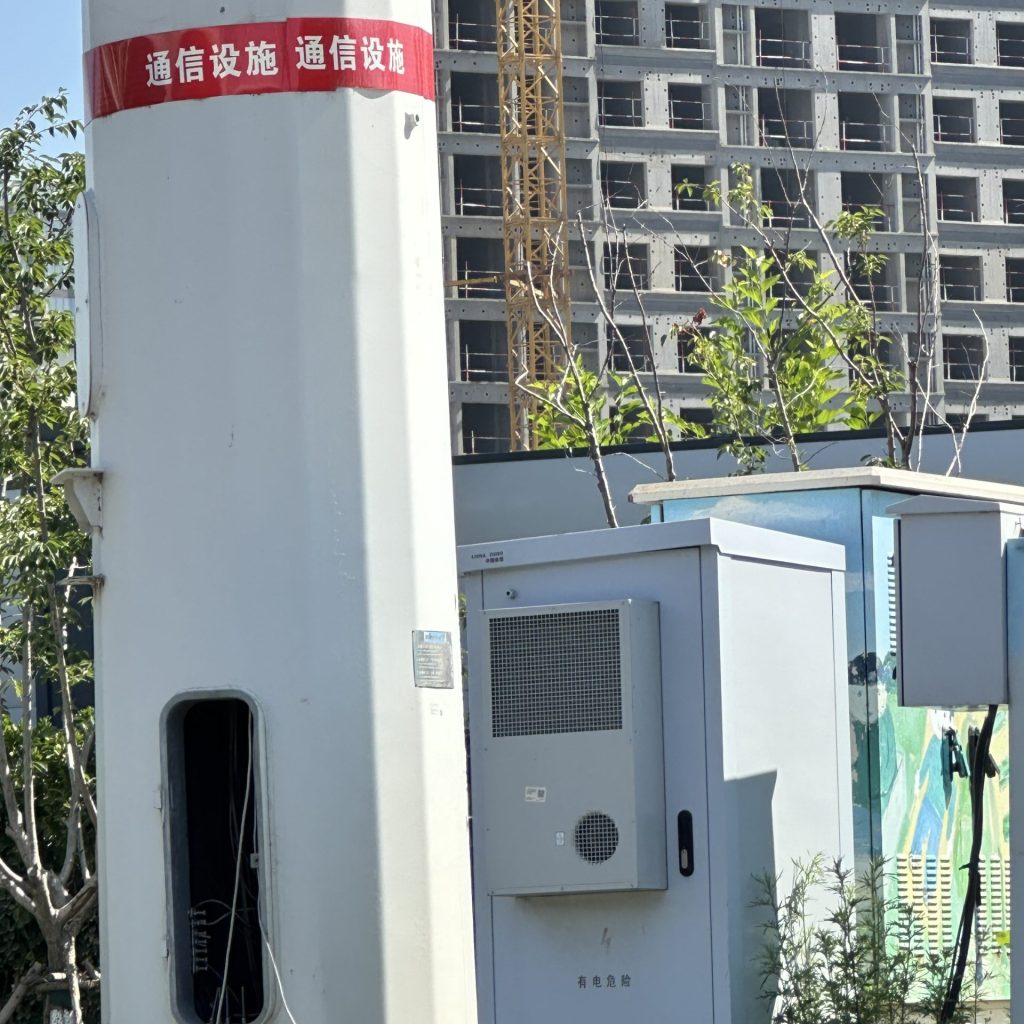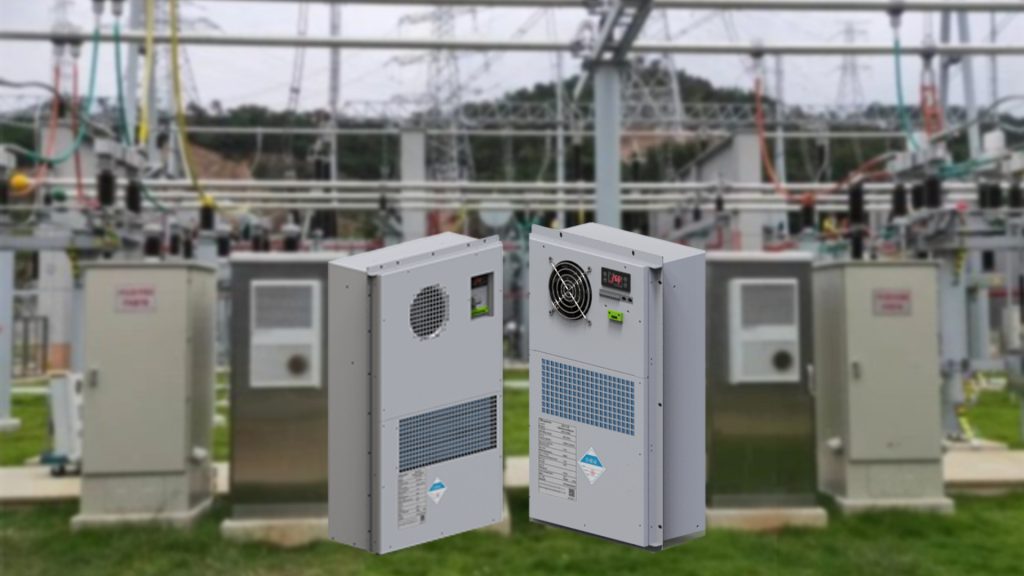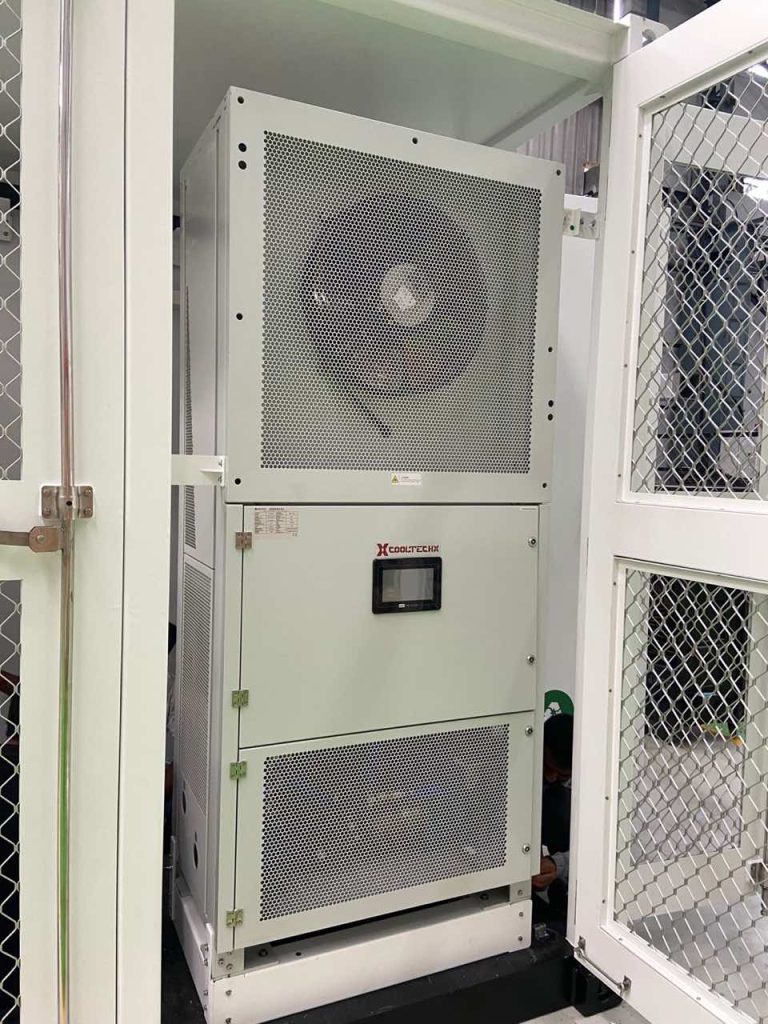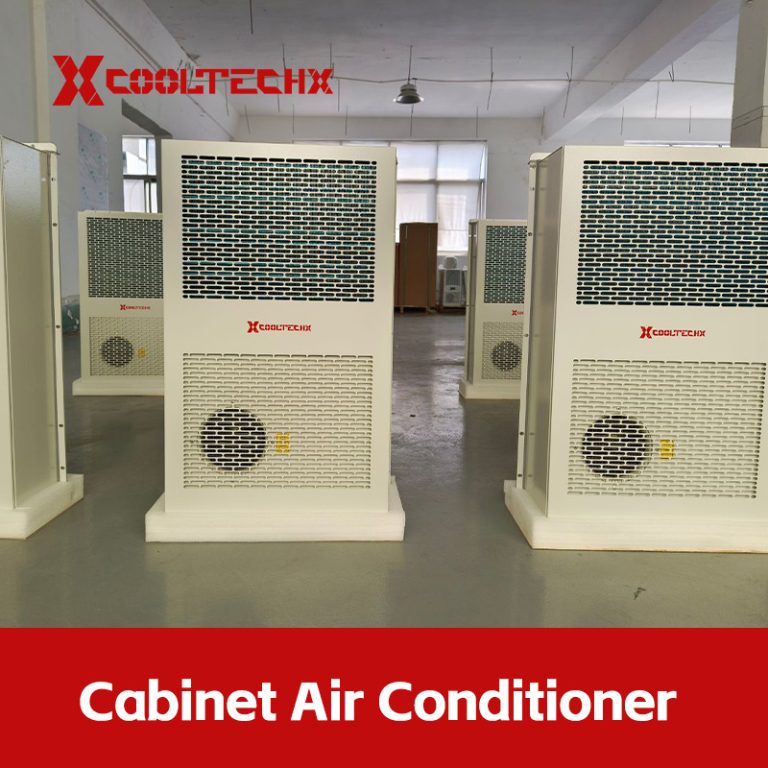When you pick the Best Air Conditioner DC for your power distribution box, you should make sure its features fit your system’s needs. Look at cooling needs, voltage compatibility, connector types, and safety. For example, connector types like IEC C13/C14 or NEMA 5-20 have different current and voltage ratings. Some connectors have grounding or built-in fuses for extra protection. Safety features and matching the right voltage help stop system failures. Thinking about these things helps your air conditioner dc work well and stay reliable.
Key Takeaways
- Pick a DC air conditioner that fits your cooling needs. Figure out the total heat your system makes. Add about 30% more as a safety margin. Make sure the air conditioner’s voltage matches your power box. This helps stop damage and keeps your warranty safe. Choose connectors that fit your system’s power and environment. Use color-coded and secure connectors to stop wiring mistakes. This also helps keep everyone safe. Find air conditioners that save energy and work well. Look for features like inverter technology to use less power. This helps your system stay reliable. Choose brands that people trust and that give good support. Make sure they have clear manuals and warranties. This helps your air conditioner last longer and work better.
Cooling Needs

Sizing
It is important to pick the right size DC air conditioner. This keeps your power distribution box safe and working well. If the unit is too small, it will not cool your equipment enough. If it is too big, you will waste energy and money. First, add up all the heat sources in your system. This means the heat from your equipment, lights, and people near the box.
- Equipment heat output (IT load)
- Heat from lighting
- Heat from personnel
- Building cooling load (if your box is inside a larger facility)
- Extra capacity for future growth or redundancy
You might want to get a DC air conditioner that is up to 30% bigger. This helps if there is extra heat from humid air or when air mixes in big rooms. Many experts add more capacity for N+1 redundancy. This means your system keeps running if one unit stops or needs fixing.
Tip: Try to get a cooling capacity that is about 1.3 times your equipment load. This gives you a safety margin for extra heat or upgrades later.
Heat Load
Knowing your heat load helps you pick the right air conditioner. Heat load is the total heat your power distribution box makes. You can find this by checking how much power your equipment uses. Add the heat from lights and people if they are close. If your box is in a building, include the building’s cooling needs.
Think about the future. If you add more equipment, your heat load will go up. Pick a DC air conditioner that can handle both now and later. This keeps your system safe and stops it from getting too hot. Always look at the manufacturer’s rules for sizing and heat load.
Voltage & Power
Voltage Match
You need to make sure the voltage of your DC air conditioner matches your power distribution box. Most DC air conditioners use 12V, 24V, or 48V DC. Check your power distribution box to see what voltage it gives. If you use the wrong voltage, you can break the air conditioner and your system.
Note: Always look at the manufacturer’s label for the right voltage. Using the wrong voltage can make your warranty useless and cause safety problems.
If you use solar panels or batteries, the air conditioner’s voltage must match your system. Many off-grid and mobile systems use 24V or 48V DC. Matching voltages means you do not need extra converters. Extra converters waste energy and make things harder.
Power Rating
You should think about the power rating of your DC air conditioner. This rating shows how much energy it uses and how much cooling it gives. Most DC air conditioners for power distribution boxes cool between 500W and 1,067W (about 3,638 BTU). They usually use 6A to 8.6A of current. These numbers help you plan your power and wiring.
When you want good performance, check these numbers:
- Coefficient of Performance (COP) over 3.0
- Heating Seasonal Performance Factor (HSPF) above 8 (some go up to 13)
- Combined Energy Efficiency Ratio (CEER) near 15 for inverter models
- Seasonal Energy Efficiency Ratio 2 (SEER2) minimums: 13.4 in the North, 14.3 in the South (U.S.)
- Energy Efficiency Ratio (EER) over 10
A high COP means the air conditioner uses less electricity for more cooling. Inverter compressors and variable speed operation also help save energy. These features are good for off-grid or solar-powered systems.
Tip: Pick a DC air conditioner with a power rating that fits your cooling needs and power supply. This helps your system work well and keeps it from getting overloaded.
Connectors & Integration
Connector Types
Picking the right connector type is very important. It helps your DC air conditioner connect safely to your power distribution box. The connector’s technical details must fit your system’s needs. This helps the power move smoothly and stops damage.
Connectors have different features. Some can handle high current and voltage. These work well with big power loads and do not get too hot. Some connectors keep out dust and water. Others have locks that stop them from coming loose by accident.
Here is a table that lists connector details and why they matter:
| Specification | Why It Matters for Integration |
|---|---|
| Current rating | Handles your system’s power safely |
| Voltage rating | Matches your box’s voltage, prevents breakdown |
| Environmental sealing | Protects against dust, water, and harsh conditions |
| Locking mechanisms | Keeps connections secure and reliable |
| Number of contacts | Supports complex wiring and signal routing |
| Strain relief | Prevents cable damage from movement |
Tip: Use color-coded and keyed connectors. This helps you avoid wiring mistakes and keeps your system safe.
Look for connectors made from strong materials. Vulcanized rubber or TYPE 3R-rated enclosures are tough. They protect against shock, rust, and bad weather. GFCI protection and grounding busbars make things even safer.
System Design
When you plan your system, think about how the air conditioner will fit with your power distribution box. For off-grid, mobile, or solar-powered setups, check if the connectors and wires work with your power source. If your system uses AC power, you might need an inverter. Make sure the inverter matches the voltage and connector type of your DC air conditioner.
Plan for easy setup and future changes. Modular connectors and feed-thru features let you add or change things without lots of new wiring. Spring-loaded lids and strong mounting legs help protect your connections in tough places.
- Use cords and connectors that can handle rubbing, chemicals, and heat or cold.
- Pick connectors with clear pin numbers and color codes to stop wiring mistakes.
- Choose connectors that last through many uses for long life.
By matching connector types and planning your system, you make sure everything works together. This keeps your air conditioner working well and your power distribution box safe anywhere.
Efficiency & Safety
Efficiency Ratings
You want your air conditioner to use less energy. High efficiency means you save power and money. Most DC air conditioners have ratings from 90% to 95%. This helps you use less power, especially with converters. Converters can waste some energy as heat. If your air conditioner is not efficient, more energy turns into heat. This makes your power distribution box warmer and less safe.
A high-efficiency DC air conditioner keeps things cool without wasting power. You get more cooling for each watt you use. This is very important in off-grid or solar-powered systems. Every bit of power matters in these setups. When you pick the Best Air Conditioner DC, always check the efficiency rating. Try to find models with inverter technology and variable speed compressors. These features help you use less energy and keep your system steady.
Tip: Choose a DC air conditioner with at least 90% efficiency. This helps stop energy loss and keeps your power distribution box safe.
Safety Features
You need to keep your power distribution box safe from electrical problems. Circuit breakers, fuses, and surge protection are very important. These parts stop bad currents and help prevent fires or damage.
- Studies show that good protective devices and molded case circuit breakers work well in modern power systems.
- The right circuit breakers and fuses keep your system safe, even with low short-circuit currents.
- Arc flash detection systems, like optical sensors and digital relays, help lower the risk of injury and damage.
- Rules like IEEE 1584, IEC 61482, OSHA, and NFPA 70E tell you how to use these safety features and keep people safe at work.
You should always use circuit breakers and fuses that match your air conditioner’s power rating. Surge protection keeps your equipment safe from voltage spikes. When you use the Best Air Conditioner DC, these safety features help your system last longer and work better.
Best Air Conditioner DC Selection

Image Source: cooltechx
Compare Options
Before you pick a DC air conditioner, look at different models. First, check how efficient each one is. Many DC air conditioners must meet SEER or SEER2 standards. These ratings show how well the unit cools and saves energy. Some models have inverter technology and variable speed compressors. These features help you use less power and keep things steady.
See if the air conditioner passed airflow and refrigerant charge tests. Most systems need at least 350 cfm per ton of airflow. Small duct systems need at least 250 cfm per ton. These numbers show if the unit can cool your power distribution box well. Look for models with easy ways to check the refrigerant charge. Some units have a fault display or a weigh-in method. These features help you keep the system working right.
When you compare models, think about how easy they are to install and take care of. Some air conditioners come pre-charged from the factory. These do not need extra checks, but the installer must make sure the charge is still good. Other models need field checks, so look for access holes and features that help with testing.
You can use a table to compare the main features of each DC air conditioner:
| Feature | Model A | Model B | Model C |
|---|---|---|---|
| SEER/SEER2 Rating | 15.0 | 14.3 | 16.2 |
| Airflow Rate (cfm/ton) | 360 | 350 | 370 |
| Refrigerant Charge Check | FID Display | Weigh-in | Pre-charged |
| Inverter Technology | Yes | No | Yes |
| Installation Type | Split | Packaged | Mini-split |
Tip: Always read the manufacturer’s documents for details. This helps you choose the Best Air Conditioner DC for your needs.
Brand & Support
Always think about the brand and the help they give. Well-known brands are often more reliable and have longer warranties. They also have more service centers and easier-to-find parts. Picking a trusted brand means your air conditioner should last longer.
Look for brands that follow industry rules and give clear guides. Some brands train installers and give certificates. This helps make sure the air conditioner is set up right. Good brands also have customer support by phone, email, or chat. If you have a problem, you can get help fast.
Check if the brand gives updates or recalls. Some companies make their products better and tell you about changes. This keeps your system safe and up to date.
- Pick a brand with a good reputation.
- Make sure they offer technical support and easy manuals.
- Ask about the warranty and what it covers.
- See if they have local service centers.
Note: Choosing the Best Air Conditioner DC from a trusted brand with good support helps you avoid problems and keeps your power distribution box working well.
Picking the Best Air Conditioner DC for your power distribution box helps your system work better and last longer. Here are some steps to follow:
- Make sure the cooling needs and voltage fit your system.
- Choose models that save energy and have good safety features.
- Look at connector types and how they fit with your system.
- Go with brands people trust and that offer good help.
Research shows that picking the right parts, like cooling units and UPS, uses less energy and makes things work better. Always check what the maker says before you decide.
FAQ
What size DC air conditioner do I need for my power distribution box?
Pick an air conditioner that matches your equipment’s heat. Add up the watts of everything inside the box. Choose a unit that is at least 1.3 times bigger than that number. This gives you a safety margin.
Can I use a DC air conditioner with solar panels?
Yes, you can use a DC air conditioner with solar panels. Make sure the solar system voltage matches the air conditioner. Use the right connectors. Check if you need an inverter for your setup.
How do I know if my connectors are compatible?
Always check the connector type, current rating, and voltage rating. Use color-coded or keyed connectors to help avoid mistakes. If you are not sure, look at the manufacturer’s guide or ask a trained technician.
What safety features should I look for?
Look for circuit breakers, fuses, and surge protection. These parts help protect your equipment from electrical problems. Some air conditioners have alarms or automatic shut-off for extra safety.




